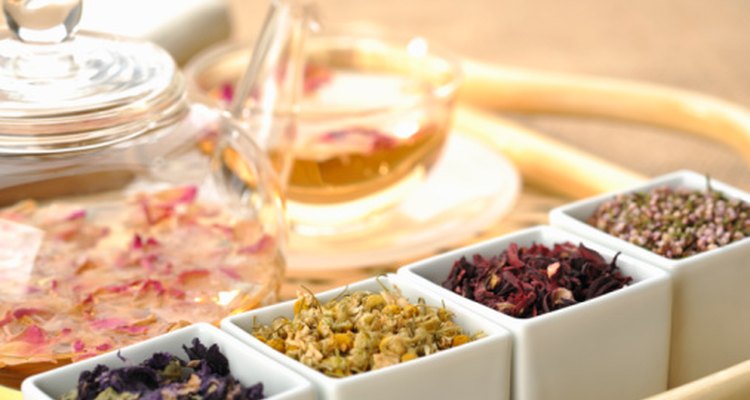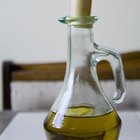
Tea was discovered in China in 2737 BC. Its popularity spread to Japan, other parts of Asia and Europe, before Peter Stuyvesant introduced it to America in 1650. There are six varieties of tea: black; green; white; yellow; oolong and pu-erh, and according to the United Nations Food and Agricultural Organization, more than 3 million tons of tea is produced annually; the majority of it from China, India, Kenya, Sri-Lanka and Turkey. Tea is distributed through retail, wholesale and distribution channels. Distributors stock large inventories to supply to large retail vendors such as grocery stores, hotels, and restaurant chains.
Learn about tea. If you intend to make a career in the business of tea, you must be knowledgeable about your products, if you want people to respect you as a reliable purveyor of quality products.
Ensure that your business is legally set up and that you comply with all relevant federal, state and local business regulations, including compliance with tax and importation regulations. Consult your regional office of the Small Business Administration, which assists entrepreneurs by providing free advice and resources on all aspects of business start-up. You will need considerable finances to stock your distributorship with sufficient inventory to provide regular and consistent supplies to chains. Consult with experts to determine your best financing options, and acquire the contractual negotiation skills you will need to work with tea producers.
Investigate the current tea distribution market. Try to identify a niche that is currently under-served. Tea is big business, and you will find it difficult to supply similar products to those of existing distributors who are experienced in the business and already supply to large chain companies. Perhaps you can find small tea plantations that are so far relatively unknown, organic tea producers to provide environmentally sound products, or producers that are incorporating humanitarian aid into their tea production by paying workers fair wages and getting involved in community development. These are all value-adds that appeal to consumers and could gain recognition for your products above those of others.
Make contact with appropriate tea producers. This will involve you traveling to Asia, Africa and Europe. You must satisfy yourself that producers you contract with will be reliable and will supply you with the stock you need, at the level of quality you need.
Determine how your tea will be packaged and presented. If you are simply going to distribute the products of others this will not be an issue. If you are going to sell teas under your own brand, though, you want to build brand recognition by adopting a logo and distinctive packaging to attract the consumer. Work with package-design specialists to create your brand.
Contact the buyers for chain stores, restaurants and hotels, to promote your products. You must provide incentives to, at least, get them to sample your products and contract with you on a trial basis, which will, hopefully, lead to long-term supply contracts.
Related Articles

How to Start a Fan Club

How to Obtain a Liquor License to Make ...

List of Biodegradable, Every Day ...

What Are the Uses of Vermicompost?

How to Organize a Rave

Is Rooibos Tea Good for Acne?

How to Buy Bulk Cosmetics Cheaper Than ...

How to Get Free Avon Perfume Samples

Organic Vs. Conventional Olive Oil

How to Open an Online Bridal Store

How to Make Money Hosting a Foreign ...

How to Select Music for a Tea Party

How to Start a Christian School

How to Get Nike Shoes Wholesale

Chai Tea Frappuccino Calories

How to Start a Booster Club With Parents

How to Blanch Cashews

How to Start Your Own Business Sewing ...

How to Start a Wedding Decorating ...

How to Get Emergency Cash Assistance
References
Writer Bio
Helen Harvey began her writing career in 1990 and has worked in journalism, writing, copy-editing and as a consultant. She has worked for world-class news sources including Reuters and the "Daily Express." She holds a Master of Arts in mass media communications from Cambridge University in the United Kingdom.
Photo Credits
Yagi Studio/Photodisc/Getty Images